In-Depth Analysis of Common Intersection Related Offences In Ontario
Driving through Ontario’s bustling roads demands an acute awareness of various laws and regulations. Understanding intersection-related offences is not just about following the rules; it’s about ensuring your safety and the safety of others on the road. These offences can lead to serious consequences, such as hefty fines, demerit points, and increased insurance premiums. At Traffic Paralegal Services, we are here to help you navigate these legal challenges with confidence.
Rules for Driving Through Intersections
Navigating intersections is a fundamental aspect of driving, but it’s also one of the most complex. The rules for driving through intersections vary depending on whether the intersection is controlled or uncontrolled, and understanding these distinctions is crucial for safe driving.
At controlled intersections, which are managed by traffic signals or stop signs, drivers must adhere to the instructions provided by these controls. For example, when approaching a red light at a controlled intersection, you are required to come to a complete stop before the crosswalk or stop line. You can only proceed when the light turns green, and even then, you must yield to pedestrians and other vehicles already in the intersection.
Example: Imagine you are driving down a busy street in Toronto during rush hour. As you approach an intersection, the light turns yellow, and you decide to speed up to “beat” the red light. However, the light changes to red just as you enter the intersection, and an officer with a camera captures the violation. This scenario not only results in a fine but also adds 3 demerit points to your driving record, which can increase your insurance rates.
On the other hand, uncontrolled intersections lack traffic signals or stop signs, making it the driver’s responsibility to yield appropriately. The right of way uncontrolled intersection rules dictate that you must yield to any vehicle approaching from the right. This rule is essential in residential areas or rural roads, where uncontrolled intersections are more common.
Example: Suppose you are driving in a suburban neighbourhood where the streets intersect without any stop signs. As you approach the intersection, another vehicle arrives from your right. According to Ontario’s traffic laws, you must yield to the vehicle on your right, allowing them to pass before you proceed. Failing to do so could result in a traffic ticket, especially if an accident occurs as a result.
Comprehensive Look at Prohibited Turns
Turning at intersections is governed by a series of rules designed to maintain order and safety on the roads. The rules of turning left at an intersection are particularly critical, as left turns can be hazardous due to the need to cross opposing lanes of traffic. These rules are often indicated by signs that may vary based on time of day, day of the week, or specific circumstances like road construction.
Example: Consider an intersection in downtown Ottawa where a “No Left Turn” sign is posted with the condition “7 AM – 9 AM, Monday to Friday.” This restriction is in place to prevent traffic congestion during peak hours. If you make a left turn during these restricted hours, you could be fined up to $500 and receive demerit points on your license. It’s essential to be aware of these conditions, as violating them can have significant legal and financial repercussions.
The Gravity of Running Red Lights
Running a red light is one of the most dangerous offences a driver can commit at an intersection. Not only does it increase the risk of collisions, but it also endangers pedestrians and cyclists. Ontario has implemented intersection safety cameras at many high-traffic locations to automatically capture red light violations. These cameras have proven effective in reducing accidents, but they also mean that drivers need to be more cautious than ever.
Example: You’re driving through a busy intersection in Mississauga, and the light turns red just as you enter and you receive a ticket. While the fine is significant, what’s more concerning is the accumulation of demerit points and the possibility of a conviction appearing on your driving record, which can lead to higher insurance premiums.
Nuances of Blocking Intersections
Blocking an intersection occurs when a driver enters an intersection but cannot clear it before the light changes, effectively trapping their vehicle in the middle of the intersection. This is particularly problematic during heavy traffic, as it disrupts the flow of vehicles and can cause gridlock.
Example: Imagine you’re driving through Toronto during rush hour, and traffic suddenly comes to a standstill as you enter an intersection. The light changes, but you’re unable to move forward, blocking cross-traffic. Not only can this frustrate other drivers, but it can also result in a fine of up to $150 and the addition of demerit points to your driving record.
Perils of Speeding Through Intersections
Speeding is dangerous under any circumstances, but it’s particularly perilous at intersections where vehicles, pedestrians, and cyclists converge. Speeding through an intersection reduces the time you have to react to changing traffic signals, unexpected movements by other road users, or obstacles.
Example: Suppose you’re driving on a rural highway in Ontario, and you approach an intersection where the light is about to change. You decide to accelerate to beat the light, but as you enter the intersection, a vehicle makes a sudden turn in front of you. Because of your speed, you’re unable to stop in time, leading to a collision. This scenario could result in significant fines, demerit points, and even charges of careless driving if the circumstances warrant it.
Traffic Intersection Tickets: More Than Meets the Eye
Various other offences can occur at intersections, many of which are less well-known but equally significant. For instance, changing lanes in an intersection is generally prohibited because it can confuse other drivers and increase the likelihood of accidents. Similarly, failing to yield the right of way at an intersection can result in severe penalties, particularly if it leads to a collision.
Example: You’re driving through a major intersection in Hamilton and decide to switch lanes while passing through. However, this sudden movement causes confusion for the drivers behind you, and one of them ends up rear-ending your vehicle. Not only could you be found at fault for the accident, but you could also face a ticket for changing lanes within the intersection, adding more demerit points to your driving record.
Do You Need To Defend Yourself Against A Traffic Ticket?
Receiving a traffic ticket in Ontario can be stressful, especially when it comes with the risk of fines, demerit points, and increased insurance costs. This is where Traffic Paralegal Services steps in. Our firm is entirely focused on defending against tickets and charges related to the Highway Traffic Act. We thoroughly analyze your case, considering the specific details and any potential errors in the charges against you. With effective legal representation, we aim to reduce or eliminate the penalties you face, allowing you to move forward with minimal impact on your life.
In conclusion, intersection-related offences in Ontario are serious matters that can have lasting effects on your driving record and financial stability. Traffic Paralegal Services is committed to providing the legal support and representation you need to navigate these challenges. Don’t let a momentary mistake cost you long-term—consult Traffic Paralegal Services for effective defence strategies that protect your rights and your future.


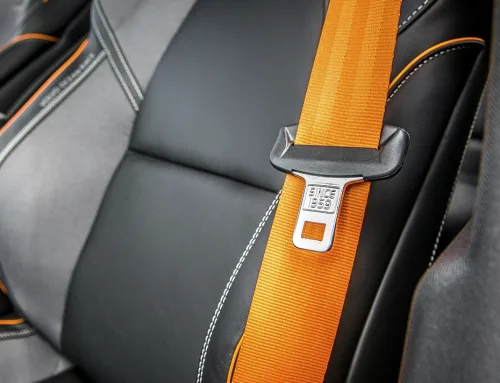
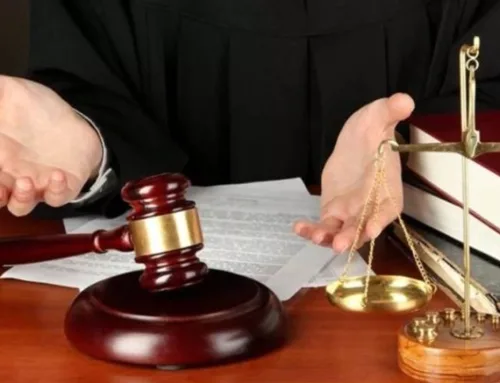
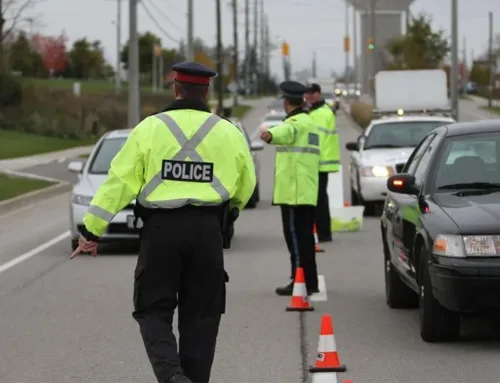
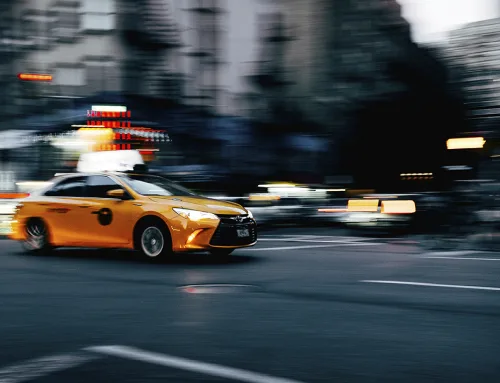
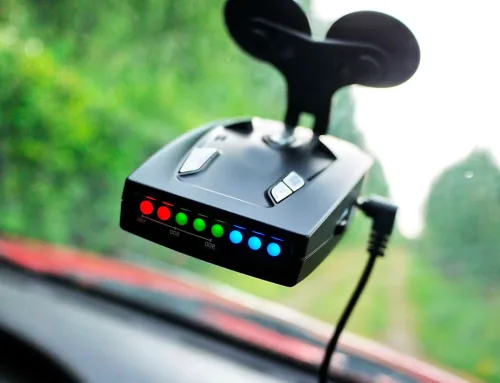
Leave A Comment
You must be logged in to post a comment.